The art world has witnessed countless unconventional techniques, but few are as raw and primal as plant hammer dyeing—a process where chlorophyll becomes both medium and message in what practitioners call the violent aesthetics of pigment migration. This emerging art form straddles the line between creation and destruction, producing hauntingly beautiful patterns that capture nature's struggle against human intervention.
At its core, plant hammer dyeing involves the physical pounding of fresh leaves and flowers onto fabric or paper, transferring their organic pigments through sheer blunt force. Unlike traditional eco-printing methods that rely on steaming or bundling, this technique embraces impact as its primary tool. The resulting works showcase chlorophyll's forced migration—vivid green imprints that fade to ochre and sepia tones as the plant matter decomposes within the fibers.
Japanese artist Hiroshi Takeda, whose 2018 "Boten" series brought international attention to the method, describes the process as "a conversation between resistance and surrender." During workshops in Kyoto, he demonstrates how different hammering angles and pressures create varying degrees of cellular rupture. Delicate petals might yield subtle watercolor-like washes when gently tapped, while a forceful strike on thick rubbery leaves produces explosive starburst patterns with visible vein structures.
The scientific underpinnings reveal why this method fascinates both artists and botanists. When plant cells are violently compressed, their chloroplasts—the organelles containing chlorophyll—burst open. This releases not just the familiar green pigment but also xanthophylls (yellows) and carotenoids (oranges) normally masked by chlorophyll's dominance. The transferred pigments then undergo oxidation, creating an evolving palette that changes over weeks as the artwork "breathes."
Critics have noted the technique's philosophical parallels to wabi-sabi and kintsugi, Japanese concepts embracing imperfection and repair. The very act of hammering—traditionally associated with destruction—becomes generative. Fractured leaf edges and splintered petal fragments gain new life as abstract compositions, their flaws transformed into focal points. Some practitioners intentionally leave hammer marks visible in the final piece, celebrating the tool's role in the creative act.
Materials play a crucial role in the process's alchemy. Tightly woven natural fabrics like linen or silk capture intricate details, while rough cotton produces more textured, impressionistic results. The choice of plants carries equal weight—young spring leaves with thin cell walls create translucent effects, whereas autumn foliage already undergoing chlorophyll breakdown yields warmer earth tones. Some artists incorporate iron-rich solutions to induce dramatic chemical reactions, turning greens to deep blues and purples through natural mordanting.
Environmental artists have adopted plant hammer dyeing as a commentary on humanity's relationship with nature. Brazilian collective Verde Vivo creates large-scale installations by hammering endangered Amazonian plant species onto banners, then allowing the works to degrade openly—a visual metaphor for deforestation. "The violence in our technique mirrors the violence against these ecosystems," explains member Luiza Montenegro. "As the green fades from our canvases, so does life from the rainforest."
Technical mastery requires understanding each plant's structural vulnerabilities. Delicate ferns demand broad, flat mallets to prevent tearing, while waxy succulents need sharp-edged tools to penetrate their cuticles. Seasoned practitioners develop an intuitive sense for when to stop hammering—applying just enough force to release pigments without completely macerating the plant material. This delicate balance between control and chaos defines the method's highest expressions.
Contemporary practitioners are pushing boundaries by combining plant hammering with other media. New York-based artist Jamal Wright layers hammered botanicals over street photography transfers, creating urban-natural hybrids where concrete and chlorophyll collide. In Scandinavia, Elin Sjödin incorporates the technique into wearable art, hammering Arctic flora onto reindeer leather to preserve disappearing tundra ecosystems in clothing form.
The method's therapeutic potential has sparked interest in art therapy circles. The physicality of hammering provides cathartic release, while the unpredictable results help practitioners relinquish control. Rehabilitation centers in Canada report success using plant hammer workshops to help trauma survivors—the act of transforming damaged materials into art parallels personal recovery journeys.
Purists debate whether machine-assisted hammering retains the technique's essence. While pneumatic tools can achieve more consistent pigment release, traditionalists argue the human arm's imperfect strikes create the most compelling irregularities. A growing middle ground employs basic lever presses that multiply force while maintaining hand-guided variability.
Conservation concerns have emerged as the technique gains popularity. Responsible practitioners now emphasize using invasive species or garden trimmings rather than harvesting wild plants. The International Hammer Dyeing Association maintains ethical guidelines promoting sustainable sourcing, noting that some colors can be achieved with common "weed" species like dandelions or plantains.
Looking ahead, researchers are exploring how chlorophyll migration patterns could inspire new solar cell designs. The branching vein structures that appear in heavily hammered leaves remarkably resemble efficient charge transport pathways in photovoltaic materials. This unexpected crossover between art and science underscores plant hammer dyeing's continuing potential for revelation.
What began as a fringe technique has blossomed into a global movement precisely because it captures our cultural moment—a visceral, hands-on process in an increasingly digital world that celebrates both nature's beauty and its fragility. As artist collectives from Berlin to Bangkok adopt and adapt the method, one truth becomes clear: in the marriage of hammer and leaf, we find not just pigment transfer, but a profound meditation on creation through controlled destruction.
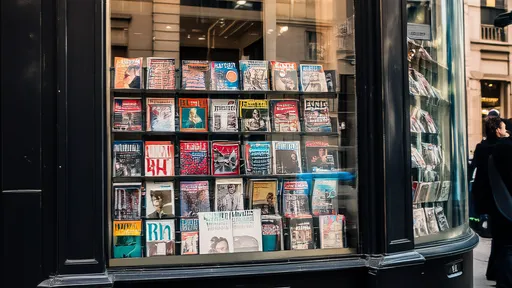
By /Aug 8, 2025

By /Aug 8, 2025
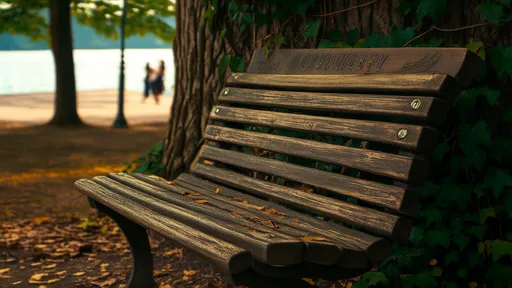
By /Aug 8, 2025

By /Aug 8, 2025
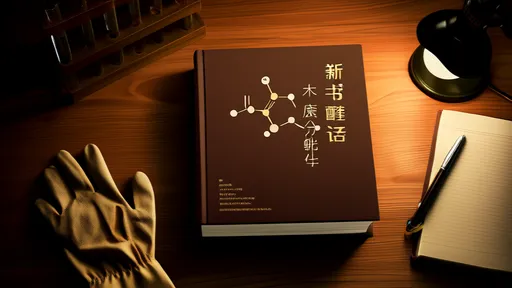
By /Aug 8, 2025
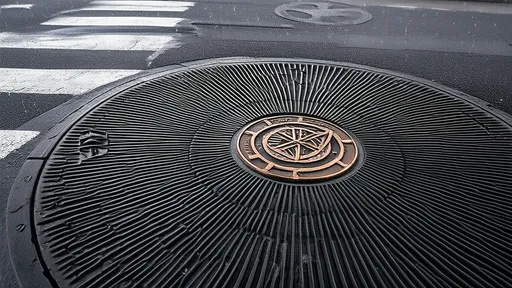
By /Aug 8, 2025

By /Aug 8, 2025

By /Aug 8, 2025
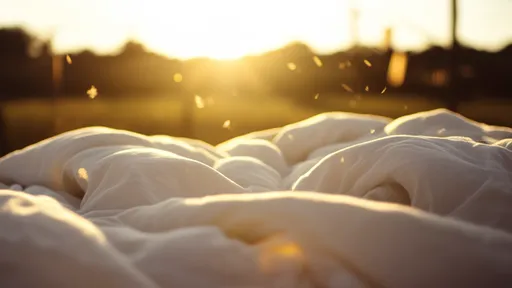
By /Aug 8, 2025
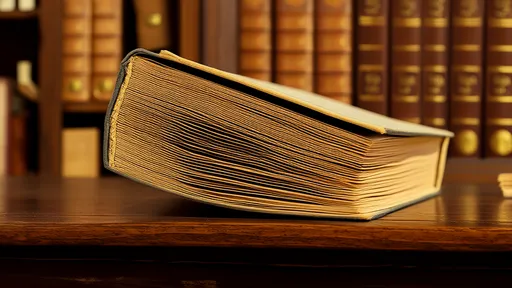
By /Aug 8, 2025

By /Aug 8, 2025
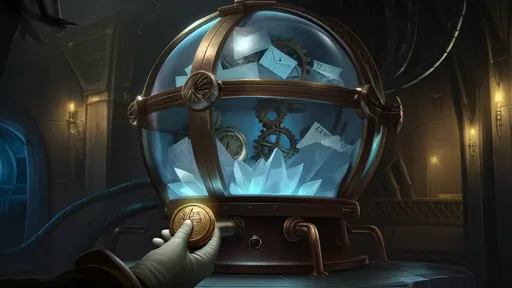
By /Aug 8, 2025

By /Aug 8, 2025
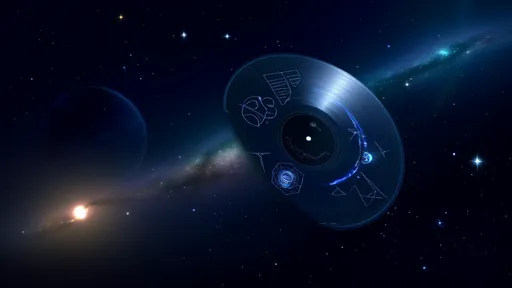
By /Aug 8, 2025

By /Aug 8, 2025

By /Aug 8, 2025
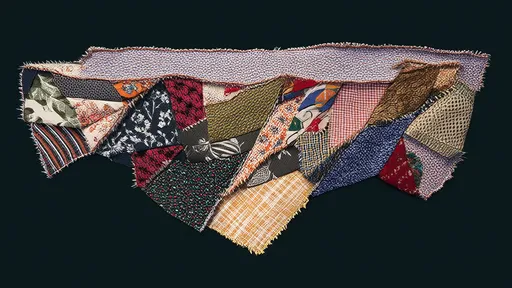
By /Aug 8, 2025
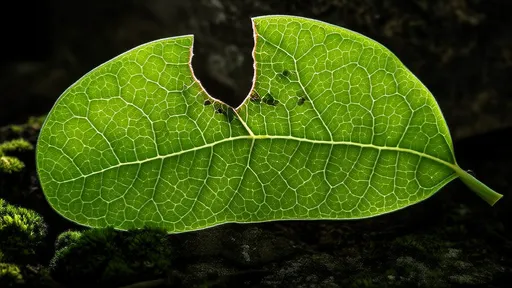
By /Aug 8, 2025

By /Aug 8, 2025
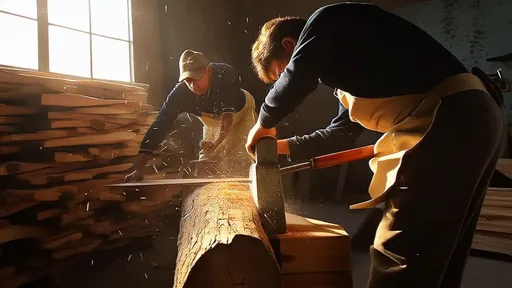
By /Aug 8, 2025